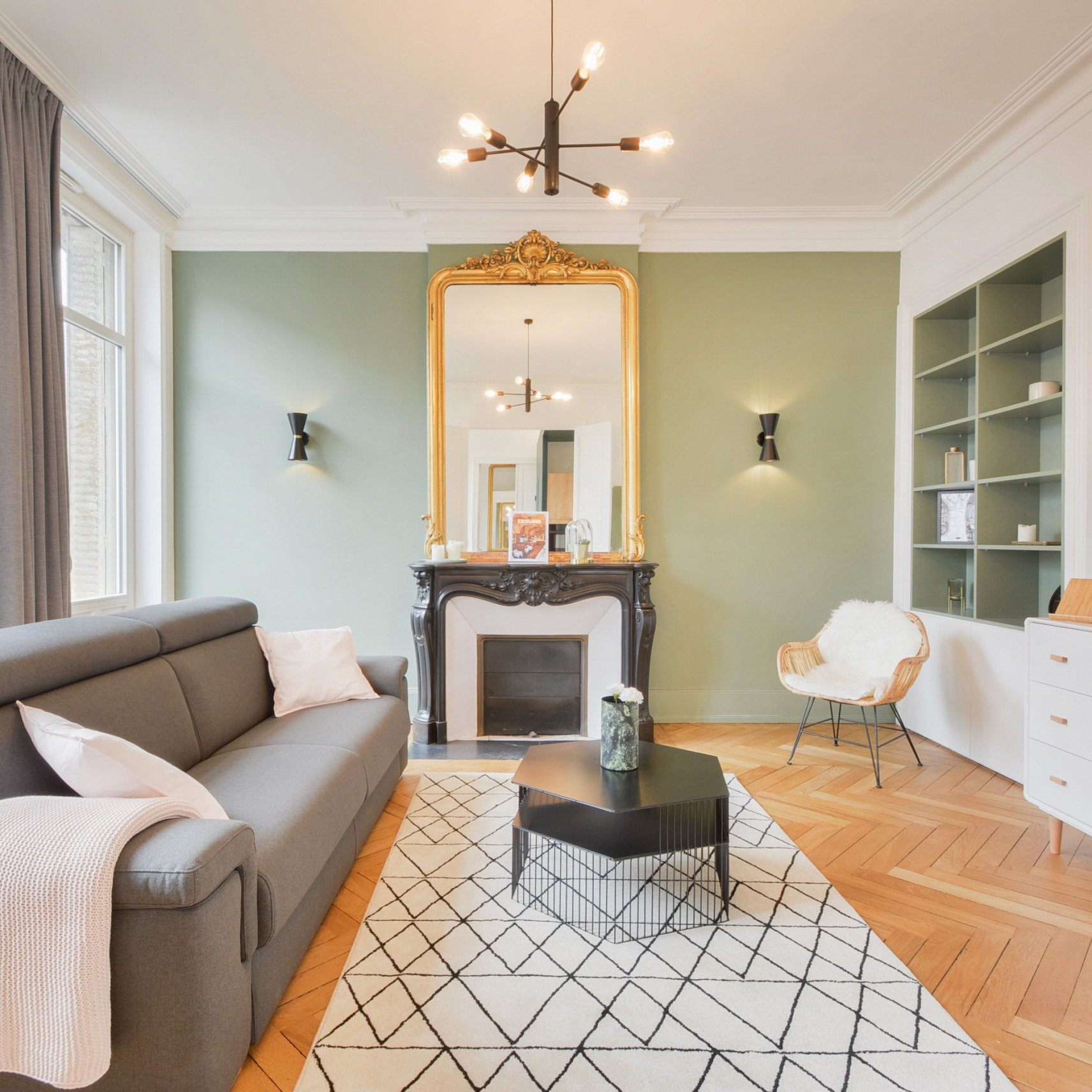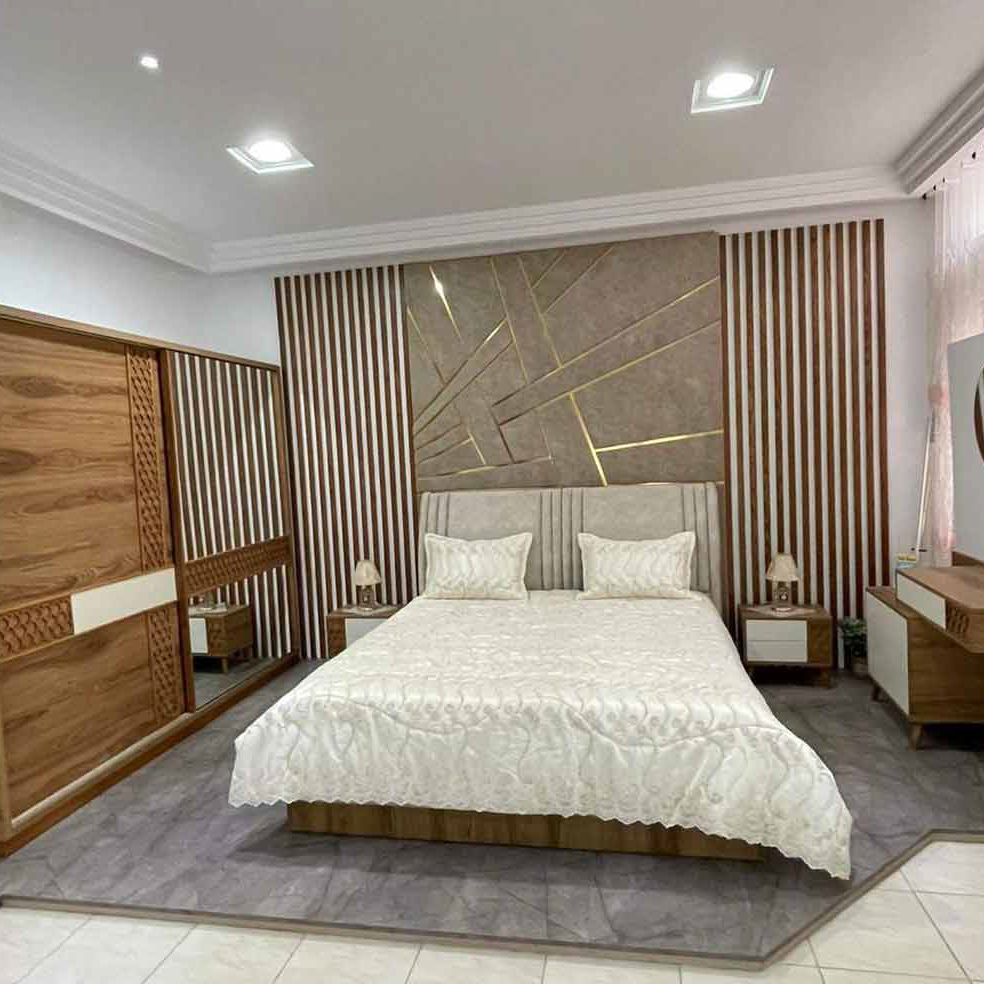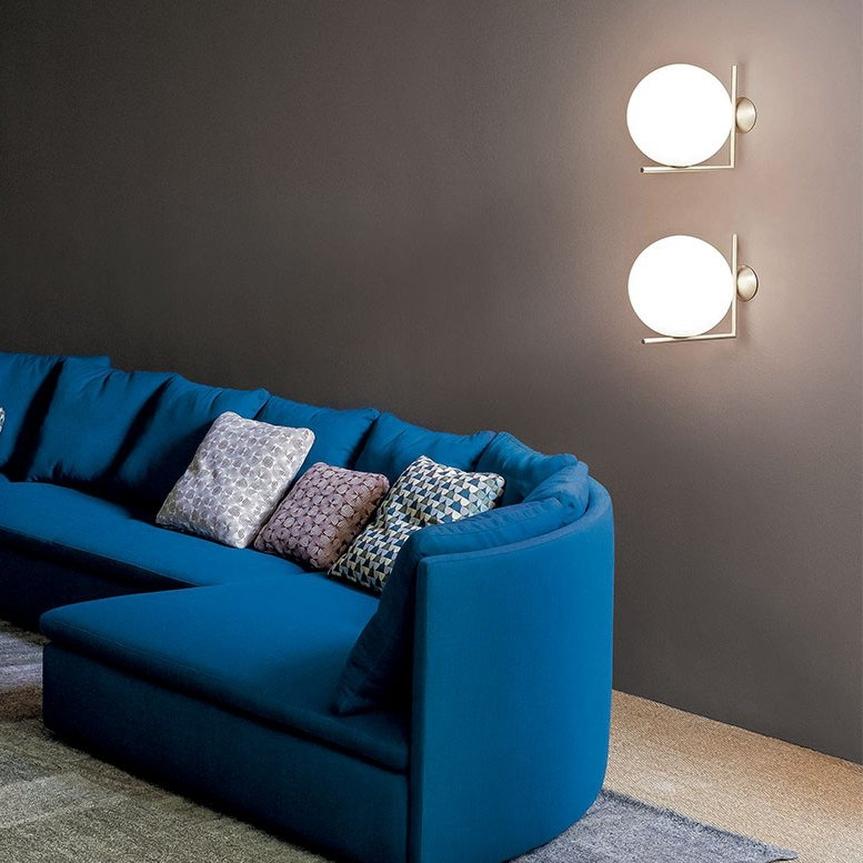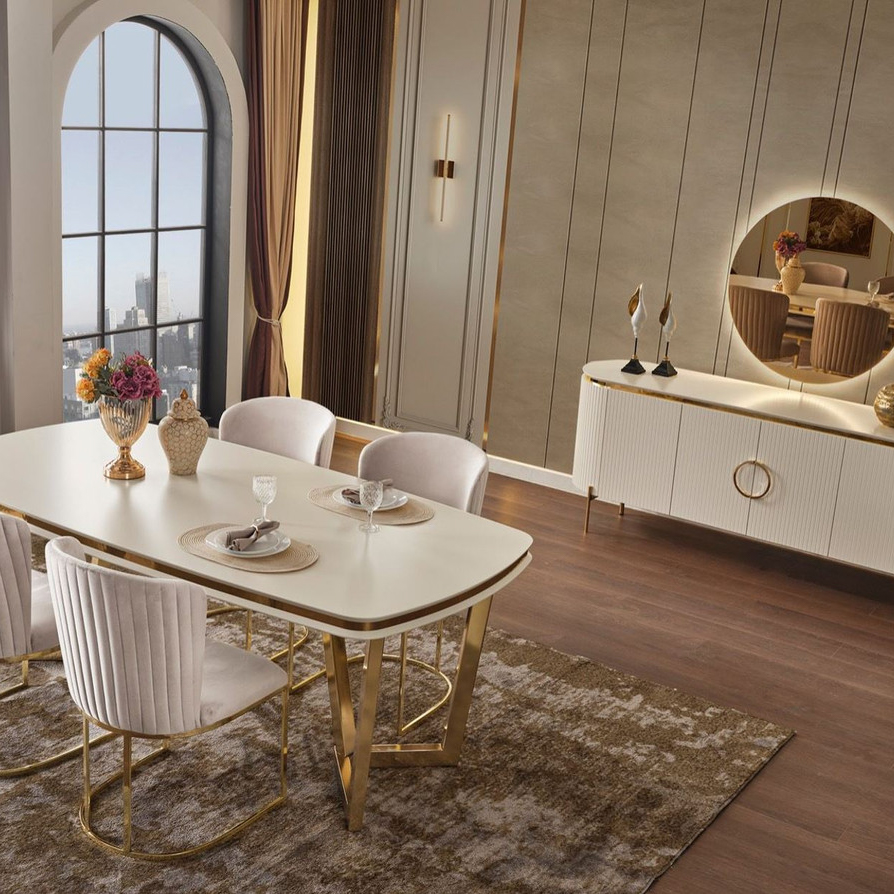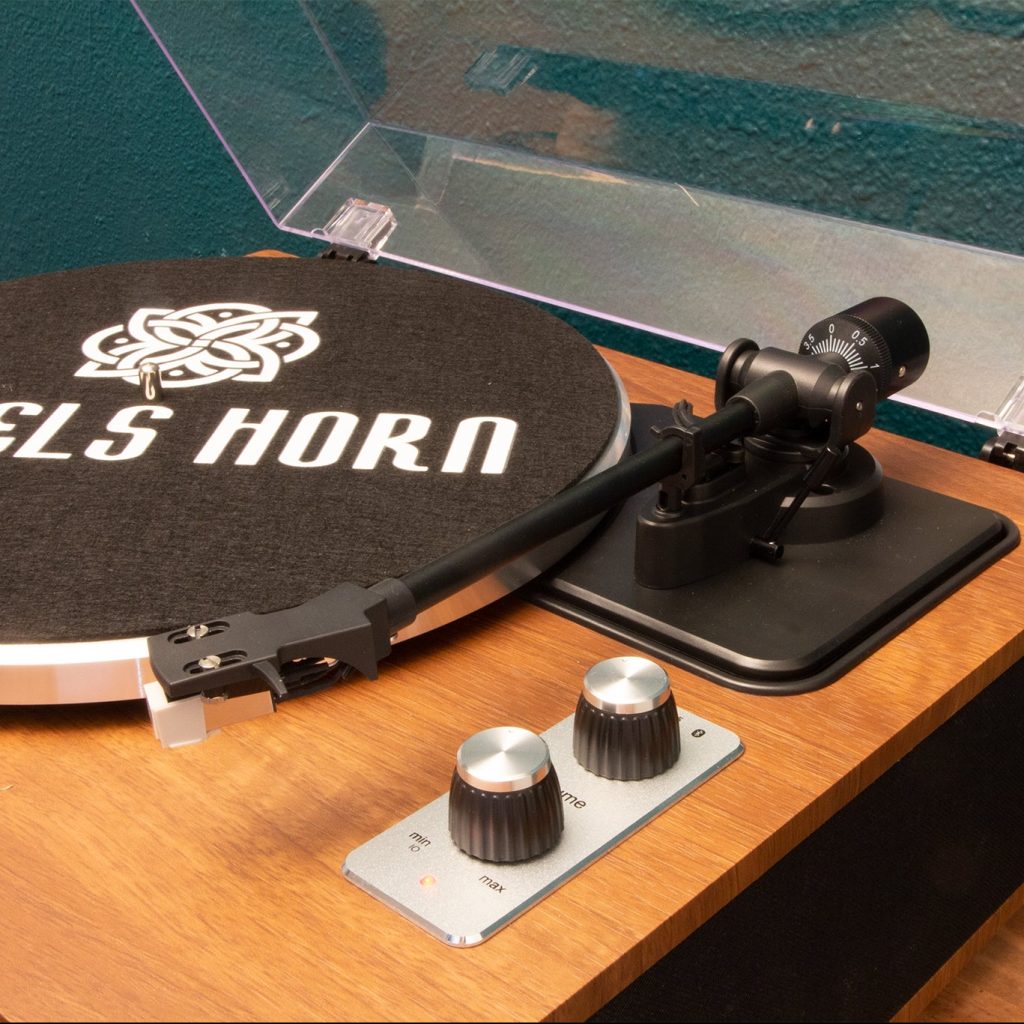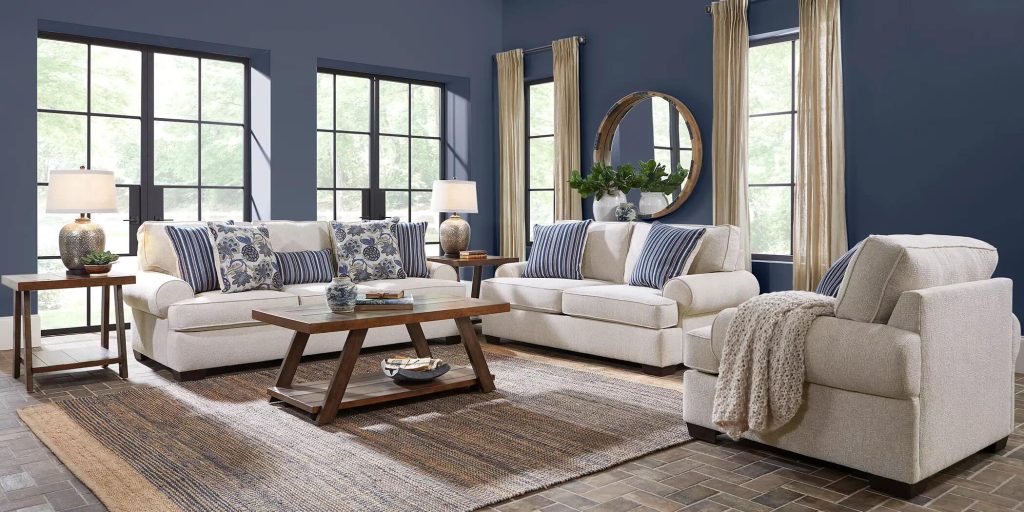
The French have always been more concerned with function than form – their furniture is elegantly functional, and they use decorative elements that complement rather than overpower the pieces. Their sense of style is anchored by characteristic French refinement expressed in graceful forms and traditional methods like veneering and marquetry. Despite this tradition of functionality, their artistic approach has evolved over the centuries to incorporate innovative materials and styles, many not traditionally French.
In the 18th century, the Regence period ushered in a new emphasis on pleasure, distraction and comfort as compared to the pompous, stately classicism of Louis XIV’s court. Furniture became lighter and more neoclassical in appearance. Its lines had a greater fluidity and were more agreeable to the eye. Master cabinetmaker Charles Cressent exemplified this new style in his furniture with a greater symmetry and a more formal feel.Stickstory
A major feature of French 18th century furniture was that it was often stamped thanks to Parisian guild systems in place. The stamping was intended to ensure that all pieces were of the same quality and to identify the master whose workshop produced the piece. The stamps could contain the initials or name of the master, as well as the names of the carvers, upholsterers, bronziers and other craftsmen who worked on the piece.
The French cabinetmakers of the time were known as menuisiers (wood workers) or ebenistes (ebony wood workers). To produce a piece of furniture, first a design or drawing was created by a draftsman or designer who would then work with a team of other members of the guild: carvers, gilders, upholsterers and gilt-bronze mount makers.
In addition to carving, gesso, carved gilt bronze and inlays of ivory or tortoiseshell were used as decorative accoutrement on the furniture. Ivory was especially popular as drawer pulls and sabots. It was also used as a contrasting veneer on carved rocaille.
By the end of the 18th century, Asia had influenced French furniture with the introduction of Asian lacquer work. Lacquer was applied in 22 stages, and it was highly specialized work that required a high level of skill. During this time, French furniture designers also began to experiment with curved legs and curved tops, as pictured in the George III commode by the master cabinetmaker Jean-Francois Oeben.

